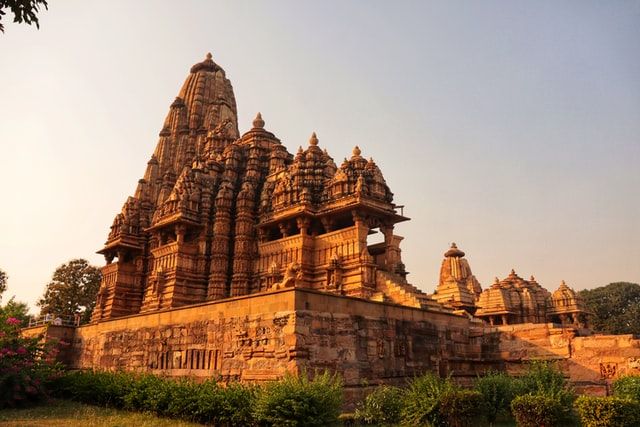Meerut’s
Augarnath temple, popularly known as the ‘Kali Paltan Mandir’, has a backstory that
dates back to the British reign in the country. During the rule, the Indian
sepoys were racially named the ‘Kali Platoon’ (black army). Due to the
temple’s vicinity to the sepoy quarters, the temple came to be known as the
‘Kali Paltan Mandir’.
Over a century ago, the
temple became the launchpad of the radical revolution of 1857.
How the temple was built, remains a debated
conversation. While some ancient inscriptions suggest that it was constructed
by Krishnadevaraya, a ruler of the Vijayanagara kingdom, other local priests
believe the shrine was built by the Marathas. The priests add that along with
the Augarnath temple, the Marathas would build many other shrines to offer
their gratitude to God after their battle triumphs.
Also Read: Treasure hunt: Miscreants dig up an 800 year old temple in Belagavi
During British rule, Indian soldiers would
pay a visit to the shrine to offer prayers, as well as fetch water from its well.
A period of time later, a mysterious “fakir” landed in the city, sharing his
experiences and ideologies on liberation with sepoys and other travellers. As
the British caught wind of him, he was asked to relocate. The mysterious
preacher ended up meditating at the Augarnath temple and decided to stay there.
After the British introduced the cartridge rule, Indian soldiers residing near
the temple had to bite off those cartridges, that were made of cow and pig fat.
The preacher then prohibited the entry of the sepoys, claiming that they had become
“impure”. Surprisingly, no records of the preacher have been found to date.
Also Read: PM Modi initiates sports university; here are India’s top sports institutes
Despite other historical structures failing to withstand the test of time, the Augarnath temple continues
to stand tall, along with a Krishna temple that has been built on its premises.
While the temple’s Shiva idol remains intact, the well has been transformed
into a memorial that encapsulates the early beginnings of the temple.
Many locals still view the sacred
temple as a crucial memory of the freedom movement. The temple continues to be a
reflection of the city’s rebellious and fiery spirit.







